As a political emigrant in Paris, Ilya Ehrenburg watches the premiere of the Parade Ballet at the end of the First World War. When the curtain rises and a cubist horse appears on the stage, worshiping the audience, a battle between the adherents and opponents of the painter who painted the scenery begins on the ground floor. This is the first meeting of the young Russian intellectual, already the author of two poetry collections, with the artistic world of Pablo Picasso. Ehrenburg visits the Spanish artist - also an emigrant, - looks at his studio full of sails. There he sees still-life on empty cigarette boxes, on pieces of plywood, on the walls. Chuckling ridiculously, Picasso tells him he can not look at unspotted spaces. And he explains that in his early youth he often did not have money for paint, so he sold a few canvases and bought wholesale cans for life. Then Picasso is thirty-four, and his glory barely rises.
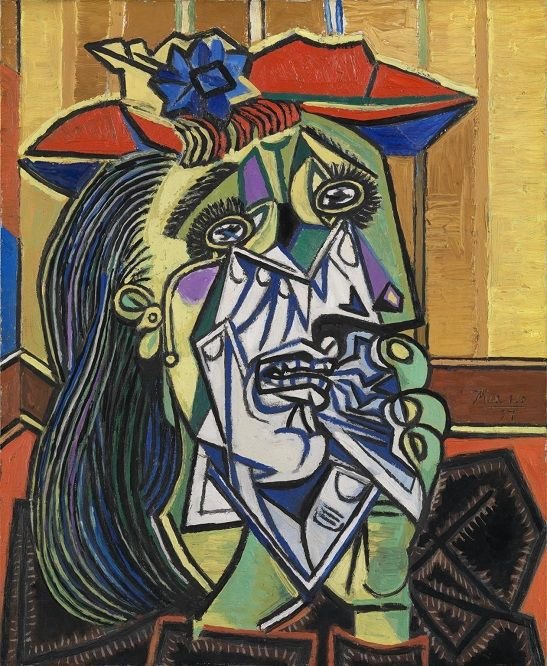
Four decades later, Ehrenburg , who lived from 1891 to 1967, in his book "French Notebooks", portrayed his experiences, enthusiasm and hesitation in communicating with the painting and personality of Pablo Picasso. According to him, the story does not know an artist whose creativity has caused so much controversy. For Picasso, no one speaks calmly: some are blaspheming, others are exalted. His books have been consecrated in different languages, although few understand his art. The exhibitions of his paintings become an event that is spoken not only in the artistic circles but also in the streets, in the clubs, in the cafes, in the subway. The museums of almost all the capitals in the world have halls where works of this artist have been collected. His name is known to hundreds of millions of people. There are many friends, but there are many enemies: some call it a "bourgeois devotee", others - "formalist", others - "Bolshevik in art". As early as 1904, Picasso decided to live in Paris, which attracted him as an artistic center of Europe. "In Paris, I felt free," he says, "if Cezanne lived in Spain, they would probably have shot him ... When Picasso puts out his first works, Cezanne is still alive, controversies still lie about Impressionists, few know the names Van Gogh and Gauguin. Then Europe is embraced by Ibsen and Malarme, the Munich decorative painters, the fatal women of Franz Stuck and Arnold Böcklin's "Death Island", the epicureans of Anatole France and the paradoxes of Oscar Wilde - a peaceful, sleepy Europe that does not suspects that only after a decade will the Sarajevo shot in the southern summer and the bloody fireworks of the 20th century begin. Ehrenburg reminds us that the art of Pablo Picasso has endured all the trials of time. Like the Renaissance masters, he has been attracted to many things and has taken many things. Picasso is a painter and sculptor, theatrical decorator and schedule; has devoted much time to ceramics; according to his sketches tapestries are made. He has illustrated books: Balzak's novel "The Unknown Masterpiece," and the verses of Gongora, "Natural History" by Buffon and Aristophan's "Lysistar", "Poems for Peace" to Paul Éluard and Metamorphosis to Ovid. Picasso can not be said to be hardworking - he's furious at work.
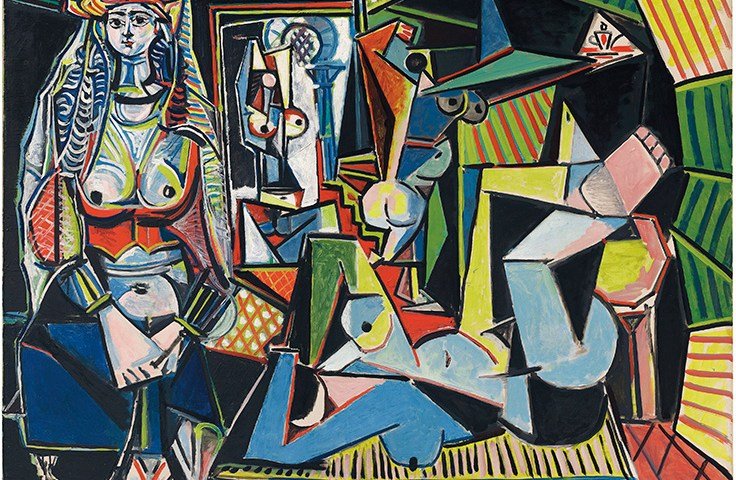
Art historians usually divide Picasso's work into periods: "blue," "pink," "negro," "cubist," "classic," and so on. To me this division seems a little arbitrary. Picasso has always sought forms that could convey his thoughts and feelings. Sometimes these forms have changed sharply, but he has repeatedly returned to the forms he seems to have abandoned; almost always worked in different manners at the same time. In Paris, Mayakovsky went to Picasso and saw his work. As it is known, in 1922 - and later - Mayakovsky hated the so-called academic art. He writes, "I can dispel the apprehensions, but Picasso has no return to any classicism, and his workshop is full of a variety of things, starting from a completely realistic, blue and pink, antique style, and ending with a construction from the sheet metal and wire See the illustrations: the little girl is just like Serov, a roughly realistic portrait of a woman and an old fallen violin, and all of these things are marked in the same year, its big, so-called realistic canvas, these women with huge rounded hands, of course, are not a return to classics and if you want to use the word "classicism" - it is a new classicism, not the copying of nature, but the transformation of everything in its cubic study. This was the case before and after. In 1906, Picasso painted a portrait of American writer Gertrude Stein, fully realistic in the narrowest sense of the word; specialists attribute it to the "Iberian style"; and at the same time begins the big picture "Women of Avignon", which specialists attribute to the "Negerian period" and which reveals the short epoch of Cubism. During the years of fascist occupation, in an attempt to divide the visible world of geometric forms, Picasso came to paroxysm; from this time are his darkest and most incomprehensible sails; but then he made a number of completely realistic drawings.
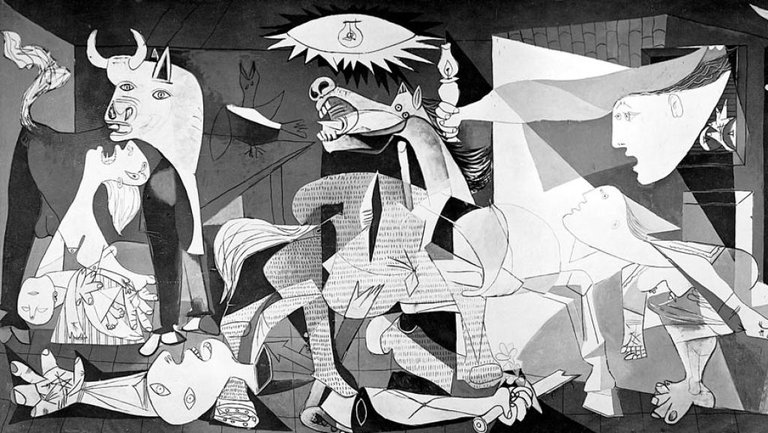
Once Picasso tells him that when he starts work, he does not always know in what manner he will paint: "As best as I can express what I want ..." Sometimes Picasso's work is so unusual that he swallows all attention, provoked controversy. But for himself, the form never had an independent meaning: he tried to best betray what he wanted. "I'm not looking, but finding" - once Picasso responded to the people who presented his way as a constant search for new forms. Of course, he is a great innovator who has broken the aesthetic norms not only of the academic painters but also of the Impressionists. He wanted and wants to express his era. Picasso grew out of nothing, many artists from the past influenced him: his compatriots - Surbaran, El Greco, Goya; and the French - Pusen, Engr, Cezan; and the artists of the Italian Renaissance; and Ancient Greece; and frescoes in Pompeii; and Asia; and non-gypsy sculpture. He knows and loves old art. He was once inspired by the images of his predecessors, interpreting them in his own way; so his "Portrait of the Artist" was created by El Greco. There are canvases born of paintings by Pussen, Cranah, Courbe. He has made a number of canvases on "Algerian Women" at the Dolylacroix. He was recently inspired by Velasquez's "Menini". It can be said that he has inherited all the great traditions of the past. At the same time it destroyed many things. The concepts of beauty are conditional; and the Negro sculpture shows us a woman who does not look like Venus Milos. Picasso often violates the traditional notions of being beautiful and ugly. Sometimes he seems to me a magician, able to give harmony, calmness, joy; sometimes he scares the decomposition of nature, flesh, life. Never leaves me indifferent. Some of Picasso's work is incomprehensible to me - not because the form in them seems to me to be unwarranted, but because I do not understand the thoughts and feelings that have inspired them. I passionately love a lot of Picasso's work. His paintings, drawings and lithographs on the walls of my room help me live. Not only do I consider him the greatest painter of the century, but I have not once felt the influence of his works on him. I love it despite my tastes and sympathies.
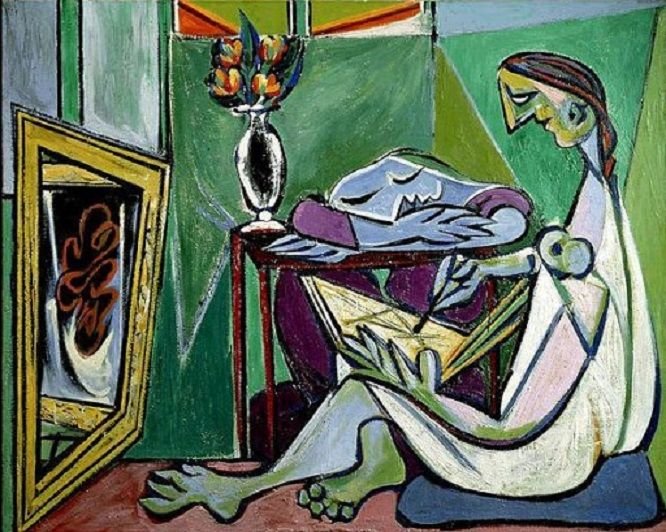
Even in his early youth Picasso breaks with the principles of Impressionists: the color, the light, the air, the nature - as Renoir or Pizarro understood them - do not attract him. He has long periods of complete disregard for color, and in this, and in many other things, he seems to be related to Leonardo da Vinci. "I do not paint by nature but with the help of nature," he says. Here are his other words that explain a lot: "I paint the world not as I see it, but as I think it." For Picasso, the plot of the painting is extremely important. Literature in painting does not interfere with him; on the contrary, he seeks it. He has a number of stories that he has been returning for over fifty years: motherhood, the horrors of war, the beauty of simplicity, the tragedy of the artist who in vain attempts to convey the splendor of life. He loves some heroes of mythology - Orpheus, Minotaur. The bullshit and the scary head of the bull seem to haunt him. Throughout his life he has painted pigeons, for him they are not just birds but favorite images. Some of Picasso's works are terrified: the world is unbearably ugly in them, and the artist's whole power is aimed at showing this ugliness. He seems to uncover the visible world, cut it into pieces, and say, "You vaguely admired the decent mask." He can paint the same woman perfect, angelic, endlessly attractive and - a day or a month later - a monstrous one. They are often called "Guernica " Picasso's masterpiece. I will recall how this picture was born. In 1937, Nazi pilots destroyed Guernica in northern Spain. Picasso's painting was painted shortly thereafter and was exhibited in the summer of 1937 at the Pavilion of Republican Spain at the Paris International Exhibition. After Hiroshima and Nagasaki we understand how primitive the attack was on Guernica . But in him Picasso had felt the beginning of the terrible years with mass extortion. For him, the year 1937 became what was the Goya 1808, when the French occupiers crushed the Spanish Revolution. In 1946, after World War II, I again saw Guernica . For me this is the most true, the most realistic representation of horror and the tragedy in modern wars; I can not watch this sail calmly. I remember the words of Matisse for Picasso: "You can always admire him - he paints with his own blood ..."
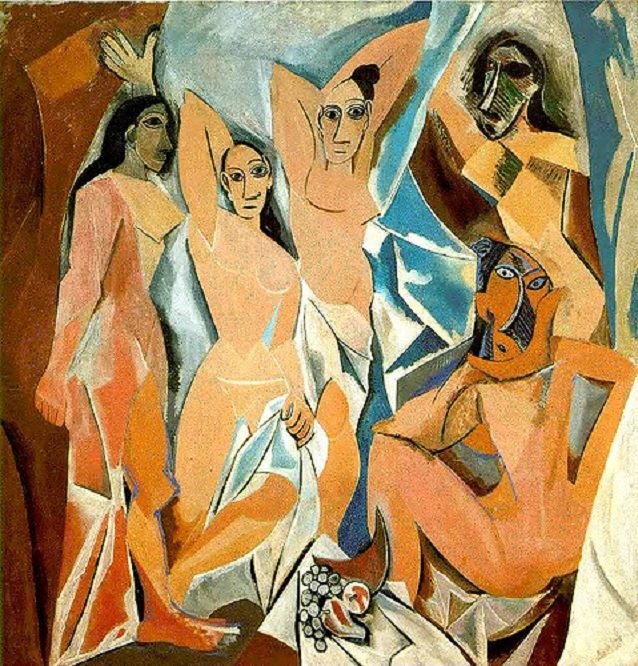
In 1948, during the Wroclaw Congress, Picasso sketched a portrait of Ilya Ehrenburg . When he finished painting, the writer asks, "Is he ready?" It seems to him that the session is too short. Picasso laughs, "But I've known you for forty years..." The portraits, and all the works of this artist, concludes Ehrenburg , depict the inner world of man.
You got a 5.23% upvote from @postpromoter courtesy of @godflesh!
Want to promote your posts too? Check out the Steem Bot Tracker website for more info. If you would like to support the development of @postpromoter and the bot tracker please vote for @yabapmatt for witness!
Pablo Picasso was one of the greatest artists ever recognized; he left a good legacy behind.... Can't forget him in a hurry
Pablo Picasso was an excellent artist and unique works. Thanks for sharing. @godflesh
Amazing and informative post, love Picasso. Good vibes!
I loved ur post @@ pablo picasso was really a great artist!!